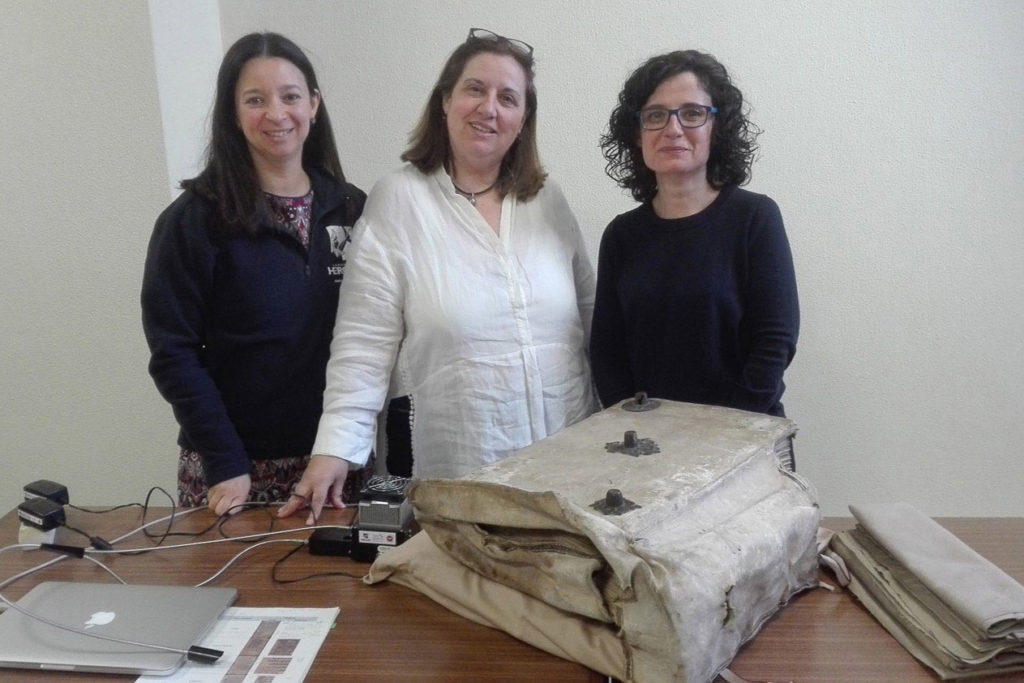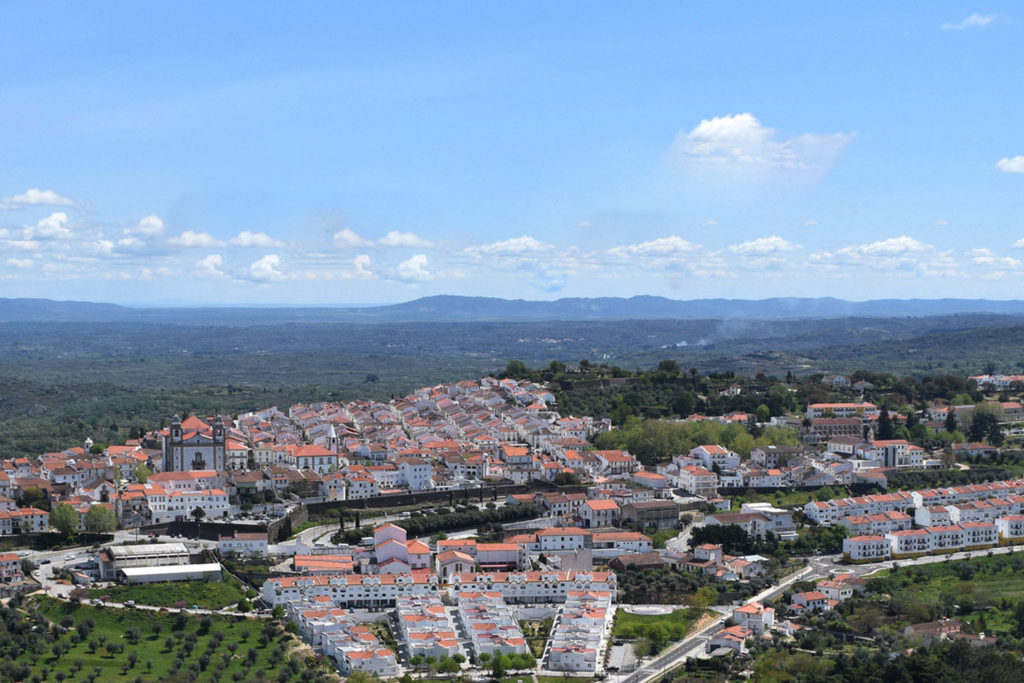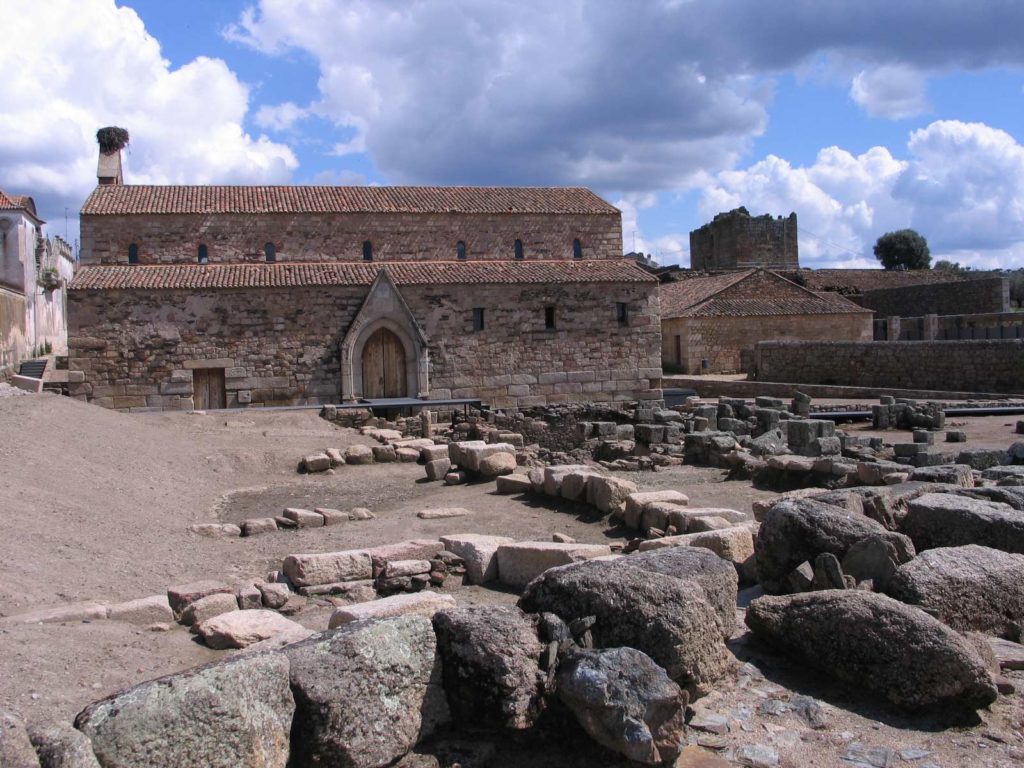The IEM receives funding for two FCT research projects and joins two others as an additional research unit
The IEM distinguished itself in the results from the last call for projects in all FCT scientific fields (2020 Call for SR&TD Project Grants). With two projects approved, so central to the research developed by IEM, both the researchers in charge and the Institute as a whole have their capacity to continue working on several lines of research strengthened and its research team expanded thereby opening the doors to increasingly solid results.

Books, rituals and space in a female Cistercian monastery. Living, reading and praying in Lorvão between the 13th and 16th centuries, led by IEM’s integrated researcher Catarina Fernandes Barreira, focuses on the illuminated liturgical codices that were part of the library of Lorvão Abbey, the first female Cistercian house in Portugal, contributing to the integration of national monastic studies into gender studies over the period between the beginning of the 13th century and the end of the 16th century.
Thinking big about small frontier towns: Alto Alentejo and Leonese Alta Extremadura (13th – 16th centuries), led by the integrated researcher Adelaide Millán Costa, is dedicated to studying the interaction of towns in the region, both mutually among themselves and with the outside world, with the project including the virtual reconstruction of two of these towns, Castelo de Vide and Cáceres.

Besides these results, the IEM is also participating as co-host of the project IGAEDIS – The historical village of Idanha-a-Velha: city, territory and population in ancient times (first century BC. – twelfth century AD), led by Pedro C. Carvalho, from CEIS 20 / University of Coimbra, a partnership between the Universities of Coimbra, Nova Lisbon, Idanha-a-Nova Municipal Council and Centro Regional Directorate of Culture. Catarina Tente is co-responsible for research, continuing a line of work already supported by IEM in previous years. The project aims to characterize the urban evolution of the ancient city and its territories over an extended timeframe (from the 1st BC to 12th AD), to ascertain patterns of production and consumption of the town and territory and studying the historical populations living there.

A team of three researchers from the IEM, Adelaide Costa, Amélia Aguiar Andrade and Maria João Branco participate in the project “Portuguese medieval charters: a historical and linguistic perspective in the digital era”, led by Filipa Roldão and based at the History Centre of the University of Lisbon, another inter-university project that aims to study royal charters in an innovative and interdisciplinary way.
We are most pleased to turn in such favourable results in what has been such a difficult year and against such competitive and demanding competition.
Hence, we have every satisfaction with the results obtained and would certainly congratulate the researchers responsible for their success.
However, now all we have to do is get on with the work!